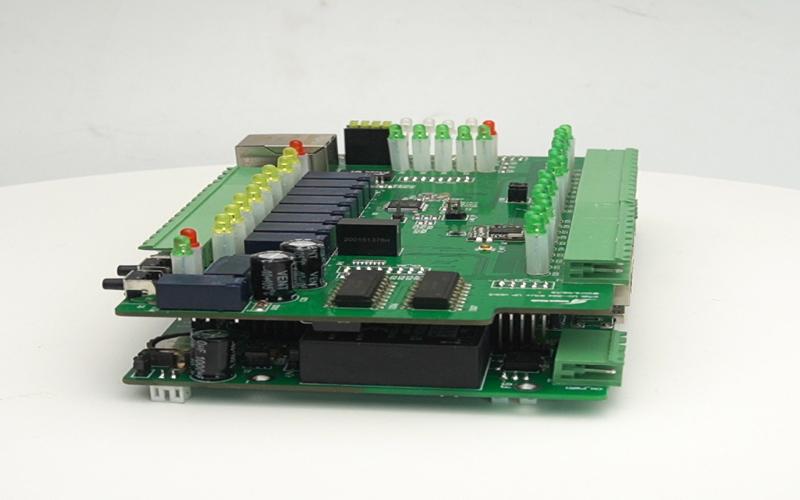Three Ways to Correct PCBA Assembly
PCBA (Printed Circuit Board Assembly, printed circuit board assembly) is a key process in the production process of electronic products. Proper assembly process can ensure the normal operation of the circuit board, while improper assembly may cause product quality problems. For the correct assembly of PCBA, three common methods are introduced below.
1. SMT (Surface Mount Technology) technology
SMT is a commonly used PCBA assembly technology. It is used to assemble modern electronic products by limiting surface mount technology to electronic components that are small, lightweight and superficial. The main advantage of SMT technology is that it can greatly improve the production efficiency of PCBA assembly. Automated equipment and robots are used in the SMT assembly process, and only a small number of personnel are required to complete efficient assembly work, thus greatly shortening the production cycle and production costs, and reducing the error rate in assembly. In addition, SMT technology enables higher compression ratios and more precise circuit designs.
2. THT (Through Hole Technology) technology
Through-hole soldering technology is a commonly used method in the field of older generation PCBA manufacturing, and it is also a method that is still in use today. During the THT assembly process, the electronic components are inserted on the PCB board and soldered by a brazing machine under the board, the interface is inserted through the holes of thePCB, connected with the components on the bottom surface, and then soldered. THT technology is mainly used for larger and dense components because its soldering method has better adhesion. However, when assembling smaller electronic components using THT technology, manual or semi-automated soldering is required. THT technology requires more manual labor than SMT technology, and consumes more manpower, time and cost. It is usually used for products with low production costs, such as models and prototypes with small market demand.
3. COB (Chip On Board) technology
COB technology is a method of directly soldering cables and circuit boards on a chip without packaging. The rationale is to convert an unloaded lug to a lug loaded, which allows for a circuit design with a smaller size and better contact. The main advantage of COB technology is the reduced size and weight of the board. In addition, COB technology can also provide higher reliability and lower product cost. COB technology can also avoid the traditional IPC size, so that the size of the PCB can be adjusted and optimized according to customer requirements.
In summary, the above three methods can be used for PCBA assembly, but each has different scope of application and advantages and disadvantages. When choosing an assembly method, enterprises need to consider various factors such as product model and chip size, assembly quantity, cost, etc., and choose the corresponding assembly technology. In addition, suitable equipment and processes are also important guarantees for the correct completion of PCBA assembly.

Send PCB Files to Sales@ucreatepcba.com, We Will Quote You Very Soon!



